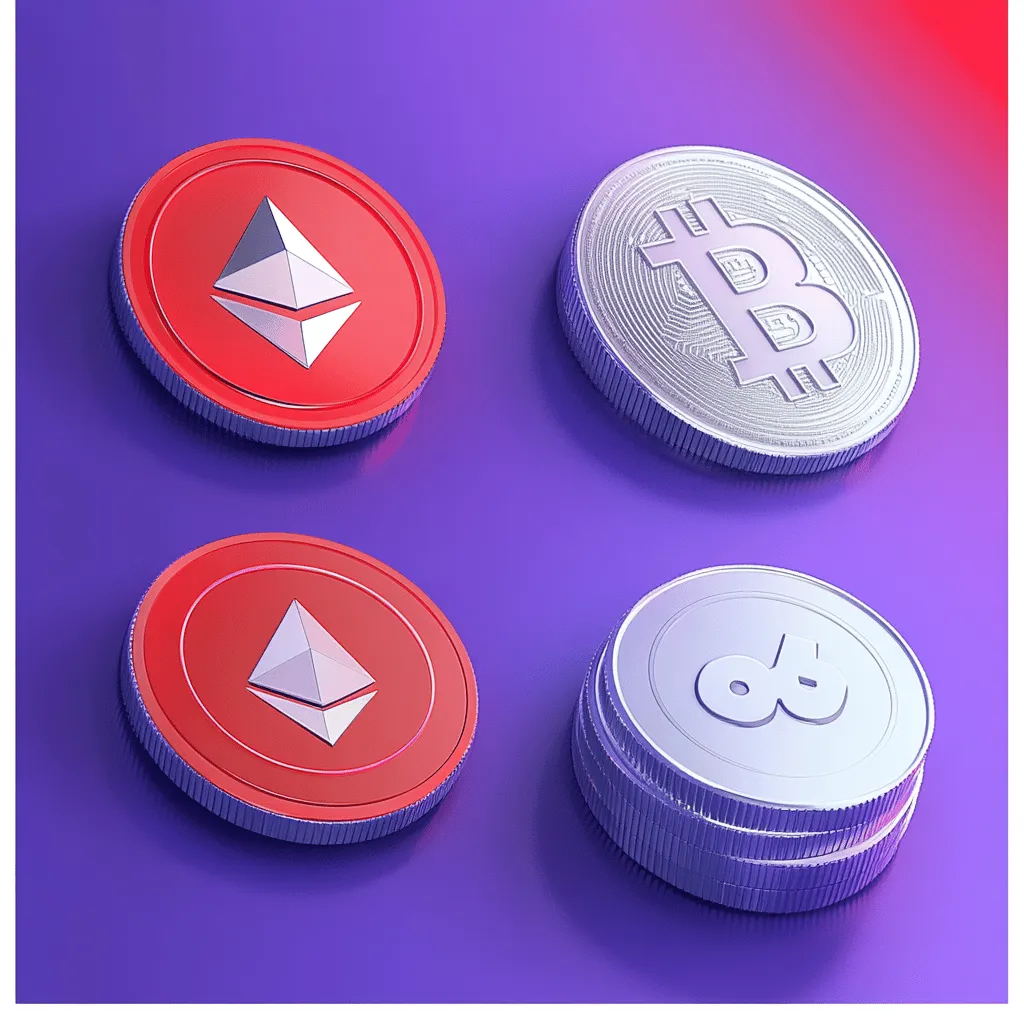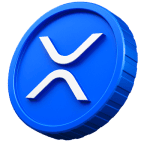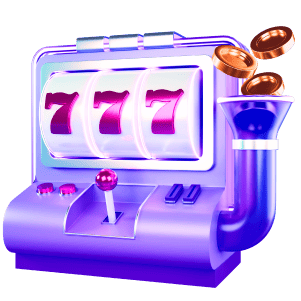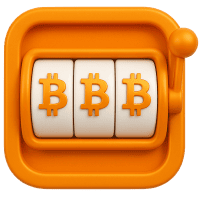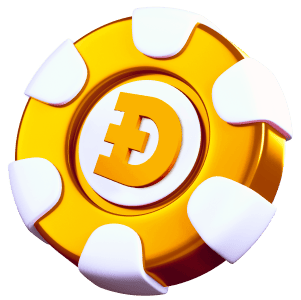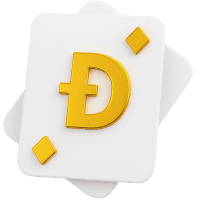In 2025, the best decentralized exchange isn’t just about swapping tokens. Today’s top dex crypto platforms offer fast swaps, enormous liquidity pools, multichain access, and native yield farming. Platforms also roll out the latest characteristics: limit orders, auto-compounding vaults, and gas fee optimization.
If you’re still stuck on clunky UIs or slow bridges, you’re using the wrong dex. The real winners suggest permissionless access, decentralized crypto trading, built-in tools to earning when you trade — all without KYC. Plus, wallet-native features — think Metamask swaps, or Rabby router support, are redefining what a good dex exchange feels like. Cross-chain by default, LP-friendly, mobile-ready — that are the new standards.
Top Features of Leading Decentralized Cryptocurrency Exchanges
With hundreds of dex crypto exchanges out there, picking the right one can feel like speedrunning a DeFi jungle. We’ve tested, compared, and ranked the top decentralized exchanges of 2025 based on real metrics:
- Trading volume
- Cross-chain support
- User experience (UX)
- Community trust
- Best bang for your gas
Whether you’re yield-hunting or just swapping some DEXCOIN, these are the dex platforms that actually deliver. From Ethereum to BNB Chain, Solana to Arbitrum, the list below covers the best decentralized exchange crypto options for any trader.
Our Top Recommended Decentralized Crypto Exchanges
Uniswap v4
Ask anyone in DeFi what the most iconic decentralized exchange is, you’ll likely hear Uniswap. With the rollout of Uniswap v4 in 2025, this DEX sets a new bar for what’s possible in dex crypto. It’s not just a facelift, it’s a structural overhaul that redefines how decentralized trading works.
The biggest innovation in v4 is the introduction of “hooks” — modular code snippets that let developers build custom functionality directly into liquidity pools. Think of them like DeFi plugins. Want a pool with on-chain limit orders? Add a hook. Need dynamic trading fees,adjusting during high volatility? Use a hook. Even rebasing tokens or TWAP oracles can now be built directly into pools without touching the Uniswap core contracts. It’s modular DeFi at scale.
One example: a new protocol launched a “volatility-aware stablecoin pool” using Uniswap v4, which automatically increases trading fees during major price swings to prevent front-running bots from draining liquidity. That kind of tailored pool behavior just wasn’t possible before.
- Liquidity — insane. As of Q2 2025, Uniswap v4 clears over $3.8 bln in weekly trading volume, with over 17,000 unique token pairs and support for multiple chains. That makes it not only the biggest dex by volume, but arguably the most versatile.
- Gas optimization — massive. The new singleton contract structure allows all liquidity pools to share a single core contract. This cuts smart contract deployment costs by up to 99% — especially useful for projects that need to spin up dozens of pools. In fact, a recent NFT liquidity project launched 128 pools across Optimism and Base with just 0.8 ETH in gas costs — previously unthinkable.
- Wallet integration — flawless. You can connect MetaMask, Coinbase Wallet, Trust Wallet, Ledger, or almost any Web3 wallet to trade instantly. The UI remains clean, mobile-responsive, and is now integrated with advanced analytics via UniswapX, which sources the best price from across DEXs without user slippage.
- Security — it remains open-source, and its core contracts have been audited multiple times. No major protocol exploit has ever affected Uniswap’s main codebase — something few decentralized crypto exchanges can claim.
- Tokenomics — the UNI token still serves as the governance vehicle, with the community voting on everything from fee splits to feature rollouts. While v4 doesn’t introduce a new token, discussions around a potential fee switch have sparked renewed interest in UNI staking, which could reshape Uniswap’s revenue model.
Here’s a quick breakdown of where Uniswap v4 currently stands:
| Feature | Details |
| Supported Networks | Ethereum, Arbitrum, Optimism, Base |
| Avg Weekly Volume | $3.8B+ |
| Token Pairs | 17,000+ |
| Core Innovation | Hook-based customizable pools, Singleton contracts |
| Wallet Compatibility | 30+ wallets, including hardware and mobile |
| Governance Token | UNI |
| Regulatory Risk (US) | Front-end geo-blocked in U.S., but contracts are open and accessible globally |
If you’re a serious dex trader or just starting out with crypto decentralized tools, Uniswap v4 offers an unmatched balance of depth, flexibility, and user access. And while it’s not the cheapest DEX on Ethereum, it’s easily the biggest feature-rich — especially if you’re building, not just trading.
PancakeSwap v4
If Uniswap is the Ethereum giant, then PancakeSwap is the BNB Chain beast. With the launch of PancakeSwap v4, this decentralized exchange has fully embraced the multichain future — and it’s no longer just about cheap fees and fast swaps. It’s about being the most adaptable dex crypto exchange for the masses.
First, let’s talk numbers. PancakeSwap sees over $2.3 billion in monthly volume and remains the top dex on BNB Smart Chain (BSC), while also expanding to Ethereum, Arbitrum, zkSync, Linea, and even Aptos — with full support for MetaMask and Trust Wallet. Its cross-chain swap system, forced by LayerZero and Wormhole, lets users trade tokens across chains without ever needing a CEX.
- Interface upgrades in v4 include a new advanced mode with limit orders, slippage presets, integrated liquidity charts, and multi-token staking. For casual users, the basic mode keeps things simple: just plug in a wallet and start swapping.
- Want to earn? PancakeSwap v4 revamped its Syrup Pools and Farms, with APRs ranging from 8% to 75%, depending on the pair. LPs now benefit from flexible lockups, veCAKE staking for governance boosts, and more control over rewards.
- Still not just a dex — it’s a full DeFi trading platform. Traders can use perpetuals — with up to 50x leverage, mint NFTs, enter lottery pools, and use prediction markets — all inside one app. This puts PancakeSwap among the most diverse decentralized platforms in DeFi.
- Security-wise, the codebase is audited regularly by Certik and PeckShield. PancakeSwap has yet to suffer a major protocol-level hack — and with $400M+ in TVL, that’s no small feat. The CAKE token powers governance and fee discounts, though its inflation model has drawn some criticism over the years.
- Onboarding is beginner-friendly, with simple wallet connect options and no KYC. The biggest bonus? Fees are minimal on any decentralized crypto exchange — just 0.25% per trade on BNB Chain and slightly higher on Ethereum and zkRollups.
Here’s how PancakeSwap v4 stacks up in 2025:
| Feature | Details |
| Multichain Support | BNB, Ethereum, Arbitrum, zkSync, Linea, Aptos |
| Monthly Trading Volume | $2.3B+ |
| DEX Tools | Perpetuals, Prediction Markets, Lottery, Farms, Syrup Pools |
| Core Token | CAKE |
| Avg Trading Fee | 0.25% on BNB Chain, ~0.30% elsewhere |
| Wallets Supported | MetaMask, Trust Wallet, Coinbase Wallet |
| Regulatory Status (U.S.) | DApp access blocked via frontend; contracts available |
For retail users looking for the best decentralized exchange experience with low expenses, gamified DeFi, and wide multichain assistance, PancakeSwap v4 hits the sweet spot. It may not win over Ethereum maxis, but for a user-friendly, all-in-one dex platform, it’s still flipping strong.
Jupiter Aggregator on Solana
As for Solana-based decentralized exchanges, Jupiter is the name everyone whispers when they need the best route and minimal slippage. Unlike traditional dex crypto platforms that just host liquidity pools, Jupiter is a dex aggregator. It doesn’t compete with other Solana DEXes—it unites them.
So how does it work? Instead of manually choosing between Orca, Raydium, or Meteora, Jupiter scans all the major Solana dexes and gives you the best price route for your crypto swap. Think of it like Skyscanner, but for token trades. This makes it arguably the most efficient dex platform for those who value price optimization, especially for larger trades.
- Jupiter supports over 30 Solana DEX protocols, and its routing engine takes gas, fees, slippage, and latency into account when making decisions. Its smart routing system can split a large trade into multiple chunks to avoid price impact. This is why it’s become the go-to dex for Solana whales and institutions.
- In 2024, Jupiter processed over $12B in volume, and with the rise of meme coins and low-cap tokens on Solana, that number is expected to surge. It’s even integrated into many Solana wallets like Phantom and Backpack, making one-click swaps a reality.
- Beyond swaps, Jupiter now offers limit orders, TWAP orders — Time-Weighted Average Price, and cross-DEX perpetuals via integrations with Drift and Mango. There’s also a launchpad tool for new decentralized cryptocurrency projects, allowing devs to kick off fair launches using the aggregator’s routing.
- Jupiter’s native token, JUP, launched in early 2024 with airdrops and community incentives. While governance functions are still limited, holders benefit from priority routing, lower swap fees, and early access to beta tools. The dev team also emphasizes transparency, with open-source contracts and no VC dominance in token allocation.
- Fees on Jupiter are incredibly low. The platform typically adds only 0.04% per swap, which is often lower than trading directly on a single Solana DEX, especially when including slippage costs.
Here’s a quick overview of Jupiter’s offerings:
| Feature | Details |
| Blockchain | Solana |
| Aggregates From | Orca, Raydium, Lifinity, Meteora, and more |
| Monthly Volume | $1.5B+ |
| Tools | Limit Orders, TWAP, Launchpad, Cross-DEX Perps |
| Token | JUP |
| Avg Swap Fee | ~0.04% |
| Wallets Supported | Phantom, Backpack, Solflare, Ledger |
| Onboarding | Non-custodial, no KYC |
In short, if you’re deep in the Solana ecosystem, or even just curious, Jupiter is the decentralized crypto exchange you’ll want bookmarked. It’s smart, fast, ridiculously cheap, and built for the multichain future. For now, it’s the best dex choice for Solana power users and meme coin degens alike.
dYdX — The Pioneer in Decentralized Perpetuals
If you’re serious about leveraged DEX trading and crave the speed of centralized exchanges without giving up custody, dYdX deserves your attention. It’s one of the few decentralized crypto exchanges built specifically for perpetual contracts, and in 2025, it’s only getting stronger.
Let’s break it down.
- Speed, but on Layer 2. Unlike most decentralized exchanges that live on Ethereum’s base layer (and suffer from $20 gas fees just to click a button), dYdX originally launched on StarkWare’s Layer 2 ZK-rollup. That allowed for near-instant trade settlement, zero gas fees, and higher throughput. In 2024, dYdX migrated to its own Cosmos-based blockchain, giving it full control over performance, governance, and tokenomics.
- Perpetual contracts made easy. Most DEXs focus on spot trading, but dYdX carved out a niche with perpetual futures for top tokens like ETH, BTC, SOL, and AVAX. You can trade with up to 20x leverage using USDC collateral. No centralized account, no KYC, and still blazing fast.
- What makes dYdX different. It offers fully non-custodial perpetuals, deep liquidity averaging over $500M daily in 2025, professional-level charting and risk management tools, a built-in liquidation engine and insurance fund, as well as advanced API access for algorithmic DEX trade strategies.
Example? A DeFi power user can set up a bot to long Bitcoin perpetuals on dYdX whenever Coinbase Premium spikes — all through the dYdX API, with orders executed in milliseconds.
- Token Utility and Governance. The dYdX token isn’t just a placeholder. It’s used for: the dYdX token isn’t just a placeholder — it’s used for fee discounts, liquidity mining rewards, and governance proposals.
- What’s the catch? While dYdX is incredibly powerful, it’s still not ideal for beginners. Margin trading on-chain with leverage isn’t for everyone. Plus, the interface is more advanced than your typical DEX swap tool.
That said, if you’re an experienced DEX trader or looking to graduate from centralized exchanges, dYdX is easily one of the best decentralized exchanges in 2025 for serious DeFi trading.
| Feature | dYdX |
| Type | Perpetual DEX |
| Chain | Cosmos (previously StarkNet) |
| Leverage | Up to 20x |
| Collateral | USDC |
| Daily Volume (2025 avg.) | $500M+ |
| Token Utility | Fee discounts, governance |
| Custody | Fully non-custodial |
THORChain – The Cross-Chain Liquidity Powerhouse
If you’ve ever wished for a truly cross-chain decentralized exchange — one that lets you swap Bitcoin for Ethereum without ever touching a wrapped token or going through a centralized bridge — meet THORChain. It’s not just another DEX; it’s an entirely different beast.
- What makes THORChain unique:
Most DEXs operate within a single ecosystem — Ethereum, Solana, BNB Chain, you name it. But THORChain operates as a cross-chain liquidity protocol. That means:
- Swap native BTC for native ETH.
- Trade LTC, DOGE, BNB, and ATOM directly.
- No wrapped assets, no middlemen, no bridges.
Example? Say you want to swap 0.1 BTC for ETH. With THORChain, you don’t need wBTC. You send actual BTC to a THORChain vault, and receive native ETH in your wallet — all without a centralized party in the middle. No custodians, just code.
- Deep liquidity and real yield:
In 2025, THORChain liquidity pools manage over $350M across supported assets. LPs earn yield from swap fees (0.2–0.3%) and can stake RUNE, the native token, to secure the network. Here’s what the platform offers:
- Swaps between native assets across chains.
- Yield farming with real asset exposure, not just ERC-20s.
- No impermanent loss risk for synthetic assets.
- Non-custodial vaults secured by rotating validator nodes.
- A native wallet app (THORWallet) that simplifies multichain trading.
- Why is THORChain important:
- It’s one of the only DEXs that enables direct Bitcoin trading.
- Provides a decentralized alternative to CEXs for cross-chain swaps.
- No reliance on wrapped tokens = no synthetic risk.
- Token Utility — RUNE. RUNE plays a crucial role in the THORChain economy:
- Required for every swap.
- Used as collateral in liquidity pools.
- Secures the network through bonded staking.
- Influences protocol governance.
- What’s the downside
Because it deals with multiple chains, THORChain isn’t always the fastest or cheapest. Transaction times depend on the speed of the underlying blockchain (e.g., BTC will always be slower than SOL). Also, it’s less beginner-friendly than Uniswap or PancakeSwap due to its multichain complexity.
But if you’re serious about multichain DeFi and want to escape the wrapped token trap, THORChain is one of the most technically impressive and best decentralized exchanges you can use in 2025.
| Feature | THORChain |
| Type | Cross-chain DEX |
| Supported Chains | BTC, ETH, LTC, DOGE, BNB, ATOM, AVAX, more |
| Native Token | RUNE |
| Daily Volume (2025 avg.) | $80M+ |
| Custody | Fully non-custodial |
| Unique Advantage | Native cross-chain swaps |
| Yield Options | Real yield via pools |
The decentralized exchange space in 2025 is no longer a niche corner of crypto — it’s a full-fledged alternative to centralized platforms, offering users self-custody, transparency, and increasingly competitive trading experiences. Whether you’re swapping ETH on Uniswap v4, yield farming on PancakeSwap v4, speculating with Solana memecoins via Jupiter, or bridging Bitcoin into DeFi with THORChain, there’s a DEX crypto exchange out there tailored to your needs.
Here’s a quick recap of what to keep in mind when picking up the best decentralized exchange for you:
- Deep liquidity and top-tier integrations: Uniswap v4.
- Low fees and BNB Chain tokens: PancakeSwap v4.
- Solana-native dex trading and memes: Jupiter.
- Advanced order types and analytics: dYdX v4.
- Native cross-chain swaps and Bitcoin dex features: THORChain.
Remember, each dex platform has its own quirks — some support more assets, some offer better defi trading platform tools, some are faster, and others prioritize privacy or yield. But the good news? You’re no longer stuck with a centralized exchange holding your funds.
Explore. Compare. And if you’re still asking, “what is a decentralized exchange” — the answer is simple: it’s the future of crypto. Now go trade, earn, and stay decentralized.



